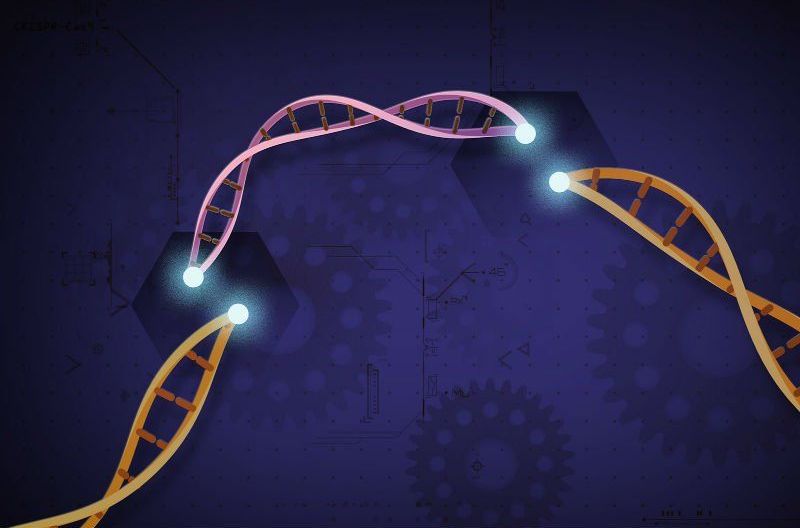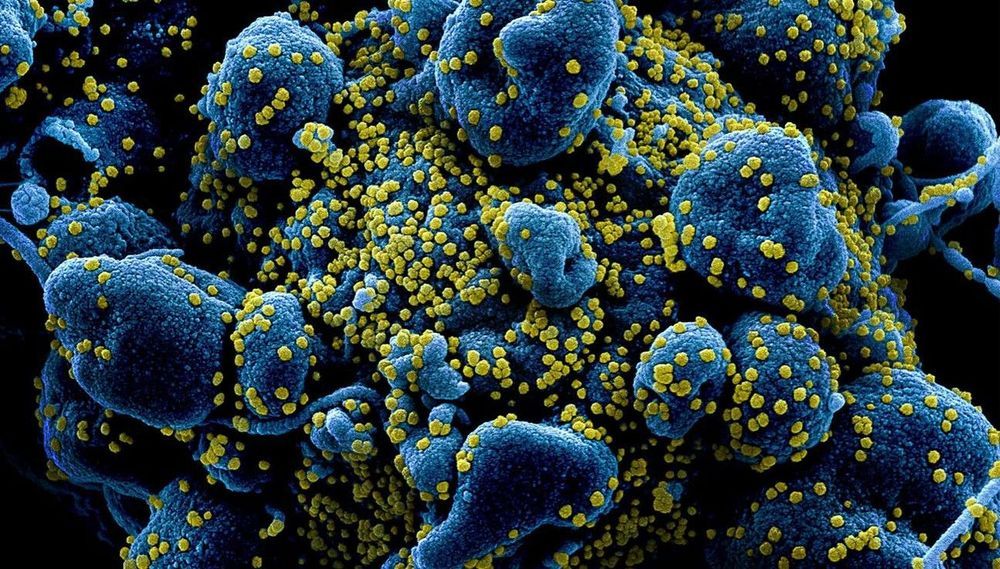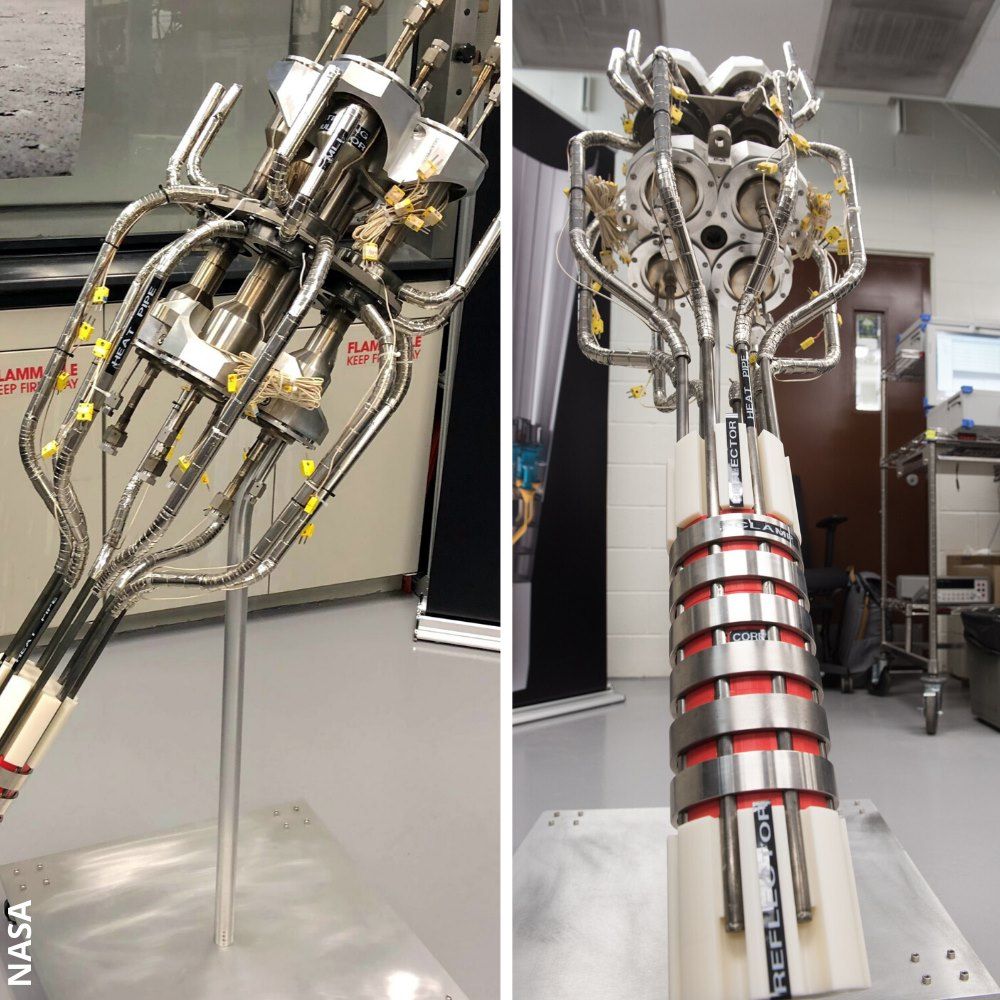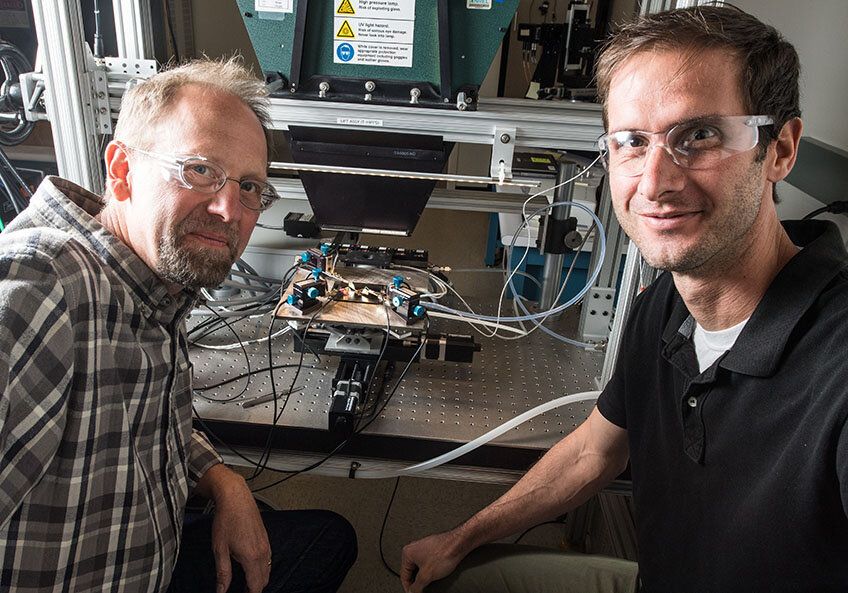Researchers are urging health authorities to immediately recognize the role of airborne transmission of COVID-19 virus droplets from an infected person beyond 1.5m in order to stem the disease’s spread.



April 1, 2020
It was supposed to be an exciting time of next-gen science, where CRISPR gene editing was being used in the first series of human trials in the hope this tech could help cure a range of diseases.
But one of its proponents, CRISPR Therapeutics, has, alongside a growing number of biopharmas, admitted the spreading COVID-19 pandemic is starting to see it be “adversely affected.”
In a Securities and Exchange Commission filing Tuesday, the biotech said: “We are conducting a number of clinical trials for product candidates in the fields of severe hemoglobinopathies and immuno-oncology in geographies which are affected by the coronavirus pandemic.



Kilopower is a small, light-weight fission nuclear power system capable of providing up to 10 kilowatts of electrical power — enough to run several average households continuously for at least 10 years.
Four Kilopower units would provide enough power to establish an outpost on the Moon or Mars.
#engineering
Organic farmers are using a novel approach to weeding their fields. Using giant flamethrowers attached to their tractors, the farmers burn unwanted weeds away.

Circa 2015. The nature publishing has since been pulled down, but I am looking for it. I think I downloaded the pdf.
Infectious-disease researcher at the University of North Carolina at Chapel Hill, last week (November 9) published a study on his team’s efforts to engineer a virus with the surface protein of the SHC014 coronavirus, found in horseshoe bats in China, and the backbone of one that causes human-like severe acute respiratory syndrome (SARS) in mice. The hybrid virus could infect human airway cells and caused disease in mice, according to the team’s results, which were published in Nature Medicine.
Update (March 11, 2020): On social media and news outlets, a theory has circulated that the coronavirus at the root of the COVID-19 outbreak originated in a research lab. Scientists say there is no evidence that the SARS-CoV-2 virus escaped from a lab.

AMES, Iowa — Over the past month, false information about COVID-19 and food and food packaging has been reported in the media, websites and blogs, and shared through social media, note food safety and nutrition and wellness specialists with Iowa State University Extension and Outreach. Angela Shaw, Anirudh Naig, and Shannon Coleman want Iowans to know there is no evidence that COVID-19 is transmitted through food and food packaging.
Shaw is a food safety state specialist and associate professor in the ISU Department of Food Science and Human Nutrition. Naig is a food safety state specialist and associate professor in the ISU Department of Apparel, Events, and Hospitality Management. Coleman is an assistant professor and nutrition and wellness state specialist in the ISU Department of Food Science and Human Nutrition.


Scientists at the National Renewable Energy Laboratory (NREL) have fabricated a solar cell with an efficiency of nearly 50%.
The six-junction solar cell now holds the world record for the highest solar conversion efficiency at 47.1%, which was measured under concentrated illumination. A variation of the same cell also set the efficiency record under one-sun illumination at 39.2%.
“This device really demonstrates the extraordinary potential of multijunction solar cells,” said John Geisz, a principal scientist in the High-Efficiency Crystalline Photovoltaics Group at NREL and lead author of a new paper on the record-setting cell.